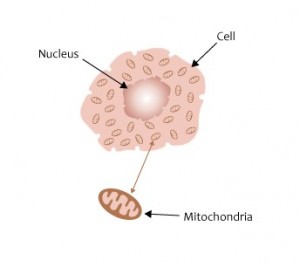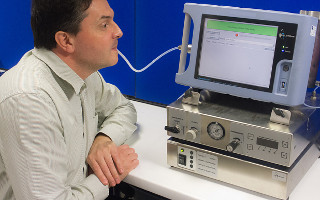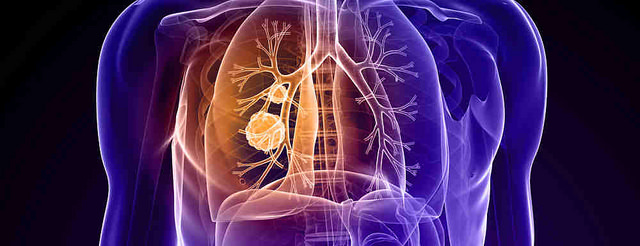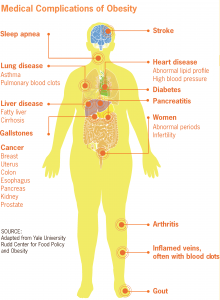The Oral Cancer Foundation reports that oral cancer is responsible for over 8,000 deaths per year in the United States alone. That is an average of one death per hour. Oral cancer can target many areas of the mouth and neck, such as the tongue, lips, and lymph nodes (oval-shaped organs). Fortunately, researchers have been studying the effects of a very popular drink that could lead to promising treatments for oral cancer.
The article, Green tea ingredient may target protein to kill oral cancer cells, published in January 2015 states that a compound in green tea may be able to treat patients with oral cancer. Researchers at Penn State’s Center for Plant and Mushroom Foods for Health studied epigallocatechin-3-gallate (EGCG), a compound found in green tea. They compared the affects of EGCG on normal human oral cells versus human oral cancer cells. They grew these cells in petri dishes and exposed them to the compound. Surprisingly, they found that EGCG damages the mitochondria in only oral cancer cells. The mitochondria are vital parts of the cell that provides energy, but once they become damaged, they are unable to function correctly. This type of disruption to the mitochondria will cause the oral cancer cells to undergo programmed cell death.
Dr. Lambert, the co-director at Penn State’s Center for Plant and Mushroom Foods for Health, argues that the selective nature of EGCG to attack oral cancer cells and not normal cells may be applied to other types of cancers as well. He also mentions the benefits of consuming green tea over current methods to treat cancer. For instance, chemotherapy drugs target rapidly dividing cells, but cannot differentiate between fast-growing cancer cells and normal dividing cells in your hair follicles and intestines. Unfortunately, these drugs can cause harmful and unpleasant side effects like hair loss, nausea, and vomiting. However, the selective nature of green tea may be able treat cancer patients without the presence of these terrible side effects. Overall, consuming green tea would be less harmful and also a lot cheaper than existing cancer treatments.
So, can we state with certainty that you will be able to drink your way to a cure to cancer in the future? The current research looks promising, but only through further research, like clinical trials can we really determine if a sip of green tea will in fact be the new anti-cancer treatment.
Check out the video below uploaded by iHealthTube.com for more information on green tea!

By: Navjit Moore








